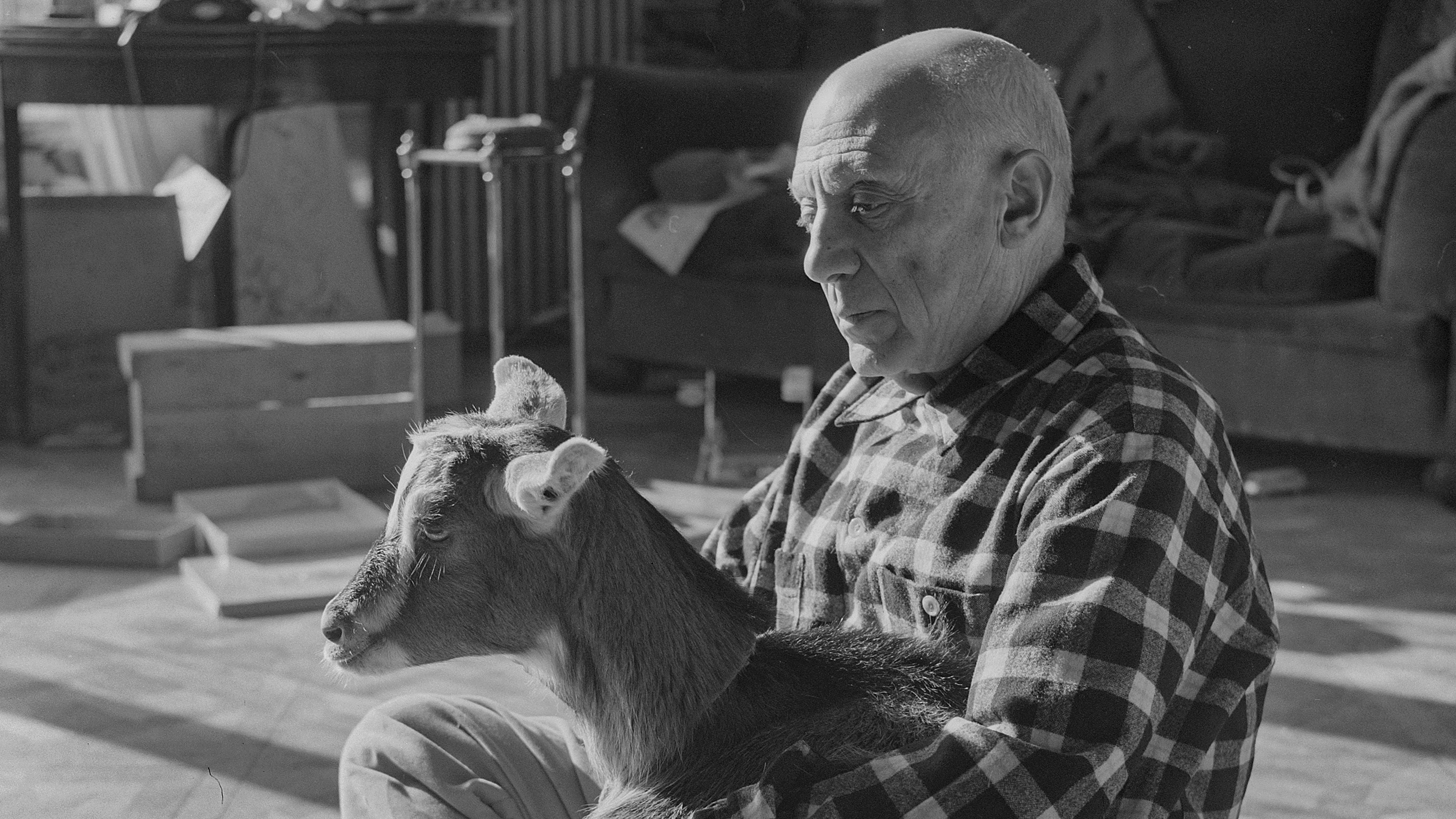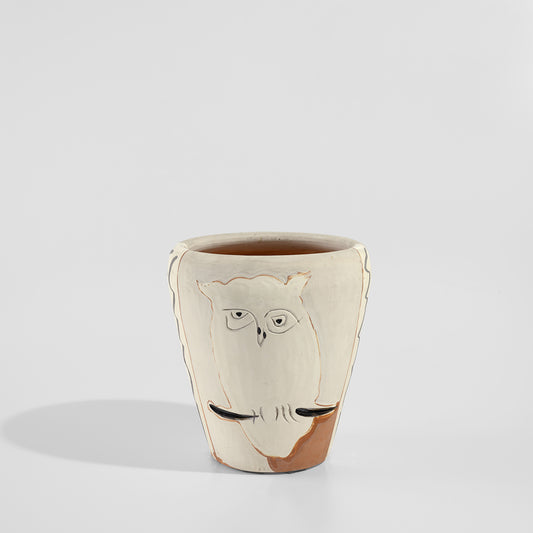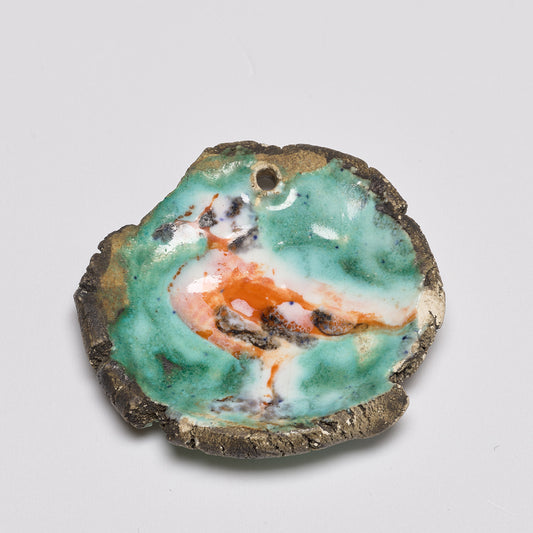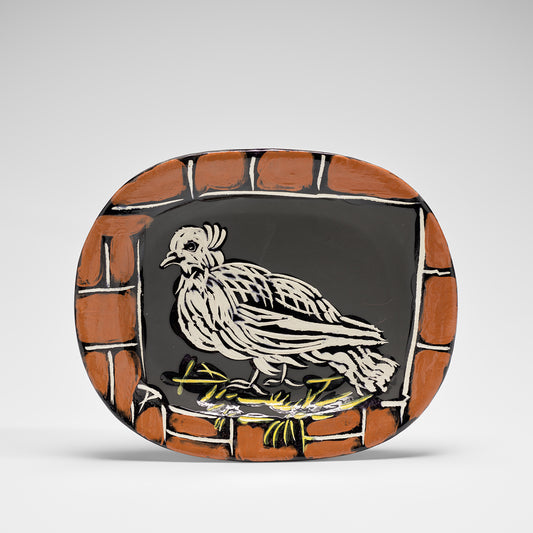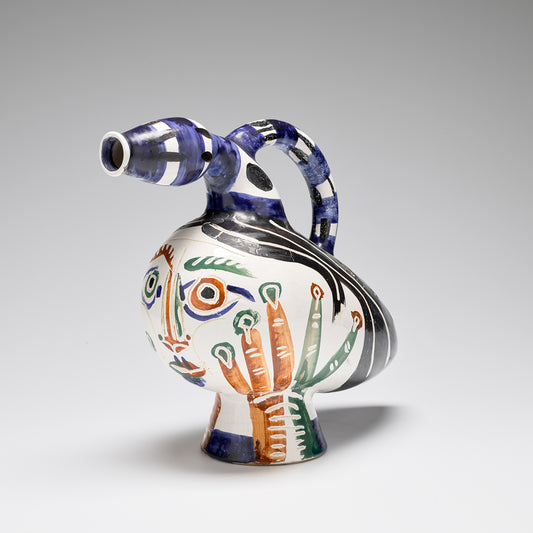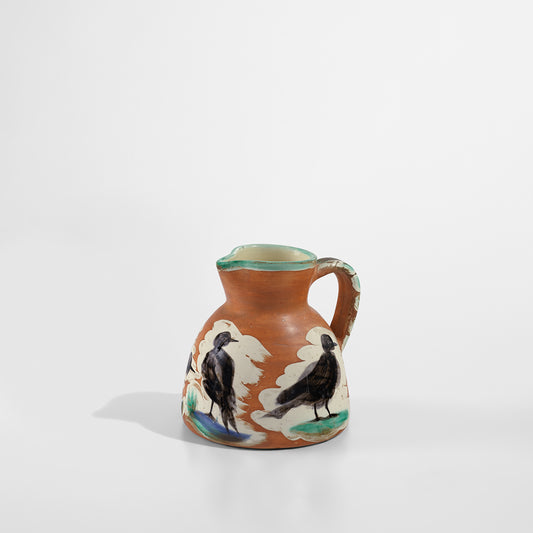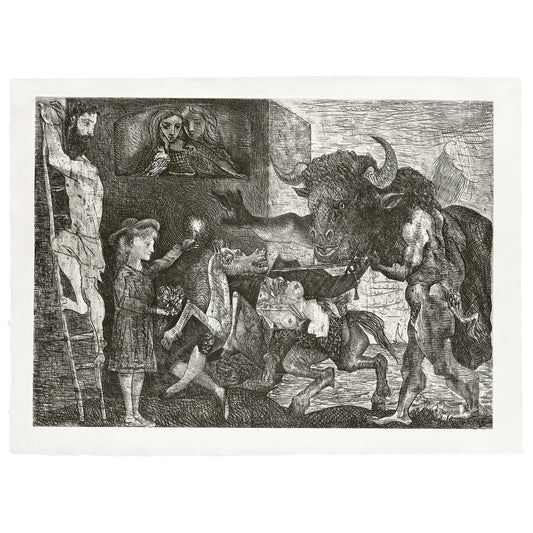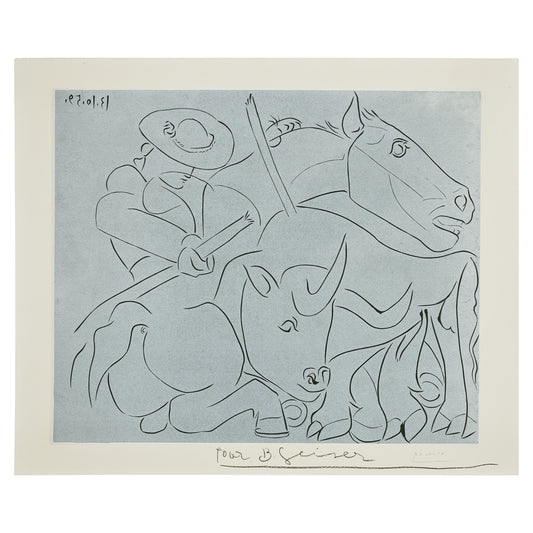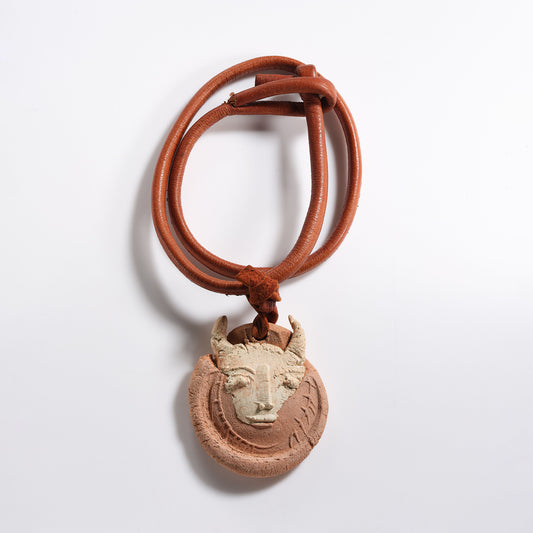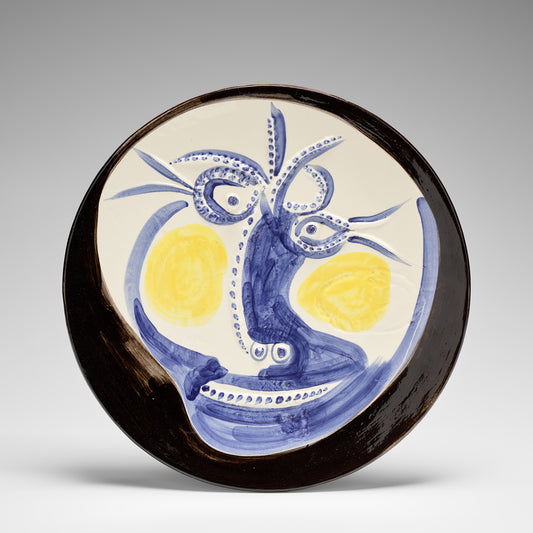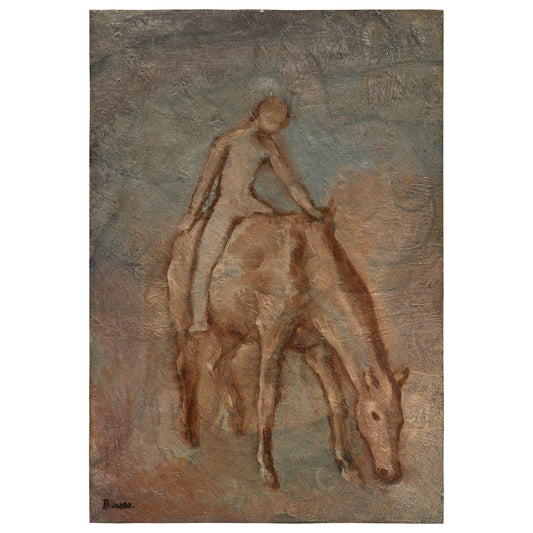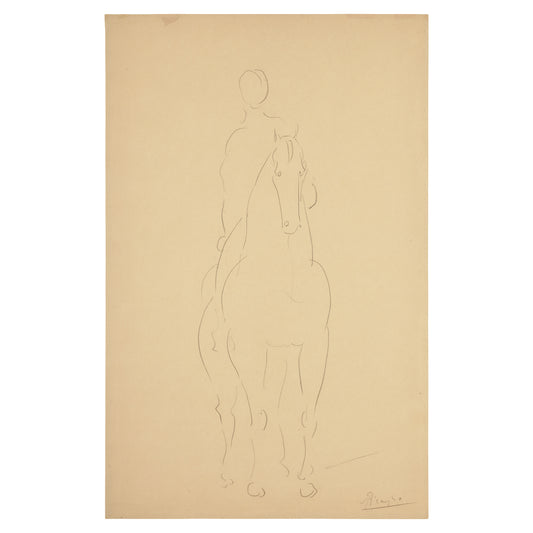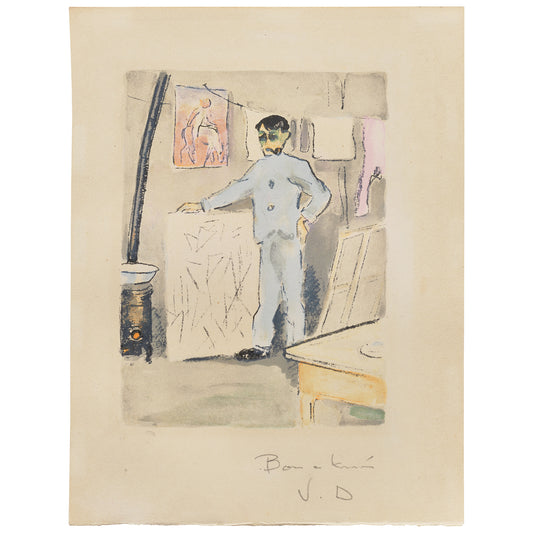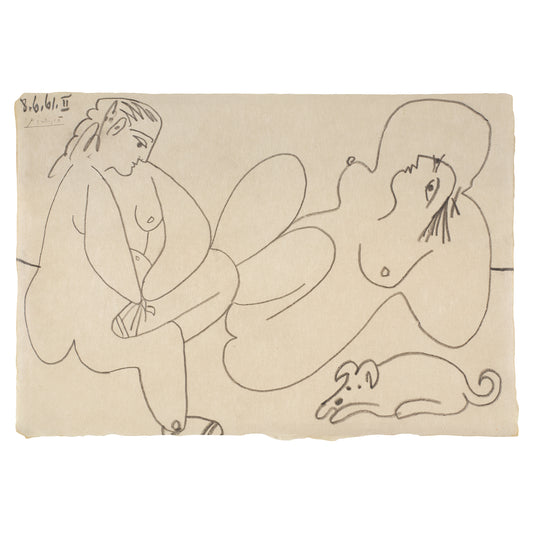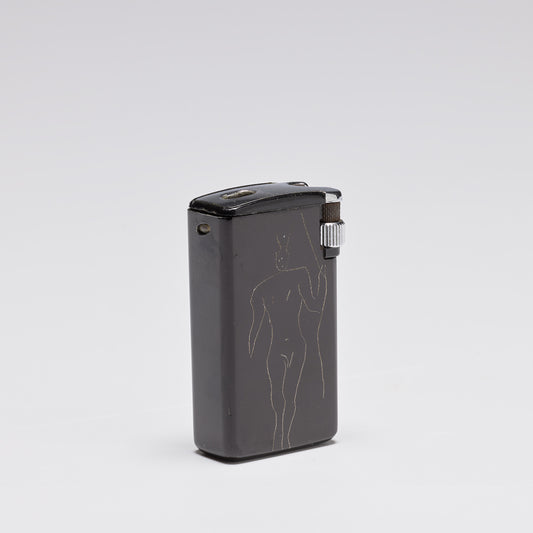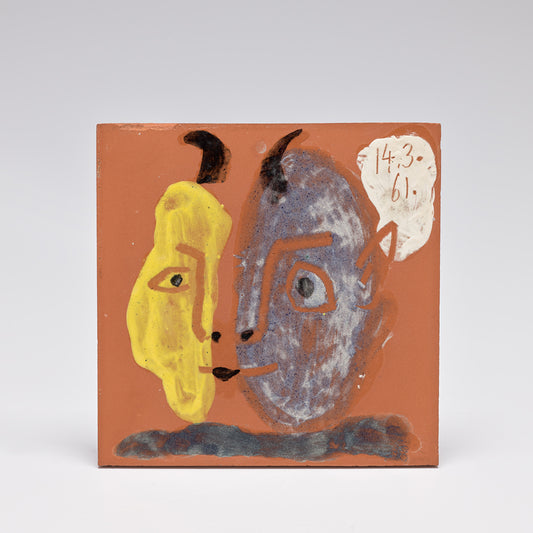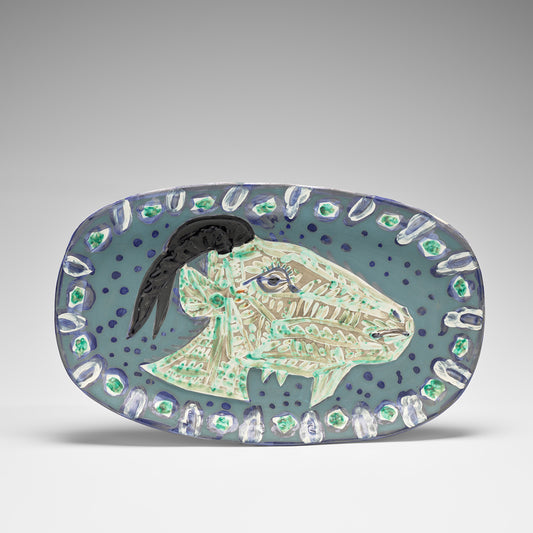-
LOCATION
-
VIEWING
-
CONTACT
-
-
Sold
-
-
-
-
-
-
-
Sold
-
-
-
-
-
-
-
Sold
Exhibition Highlights
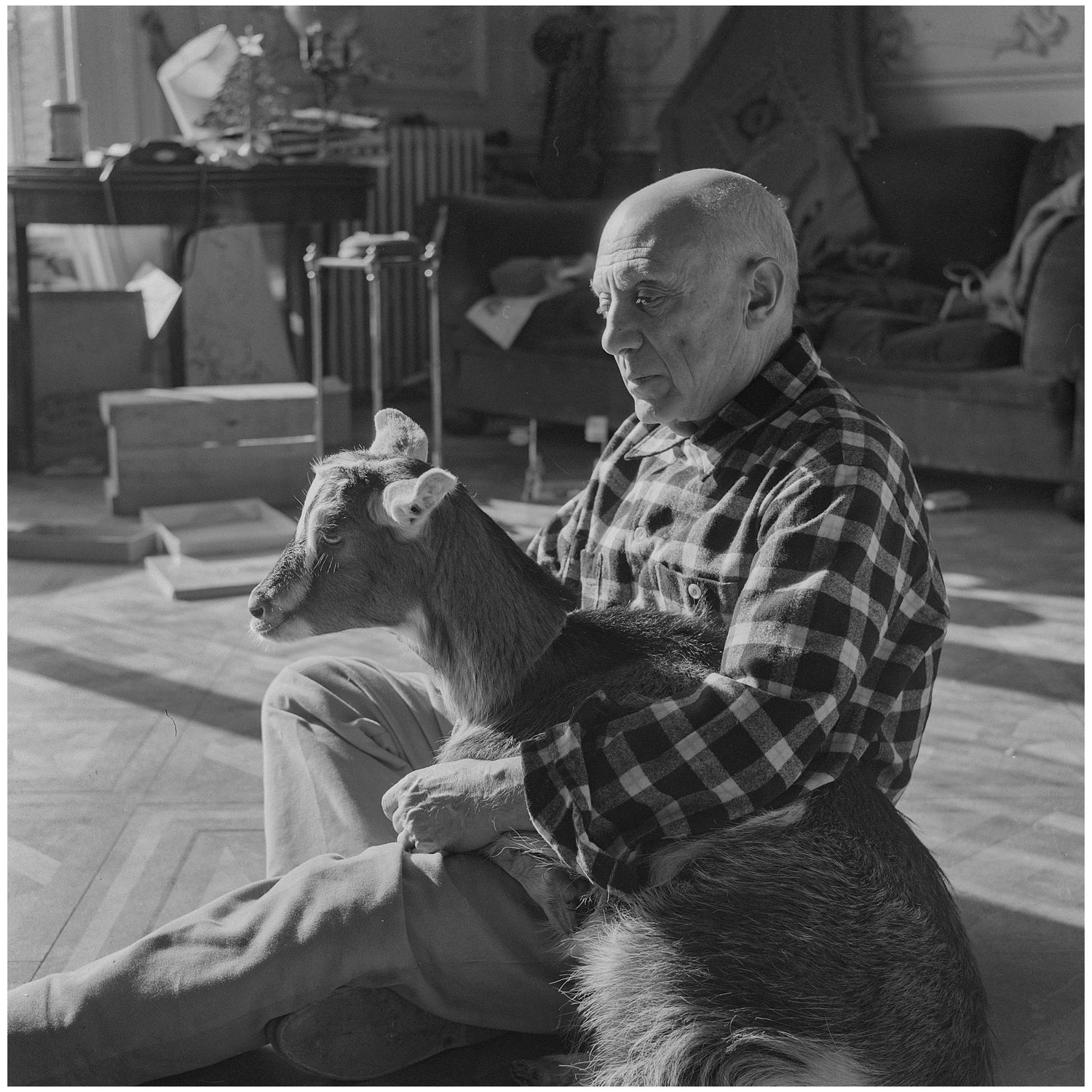
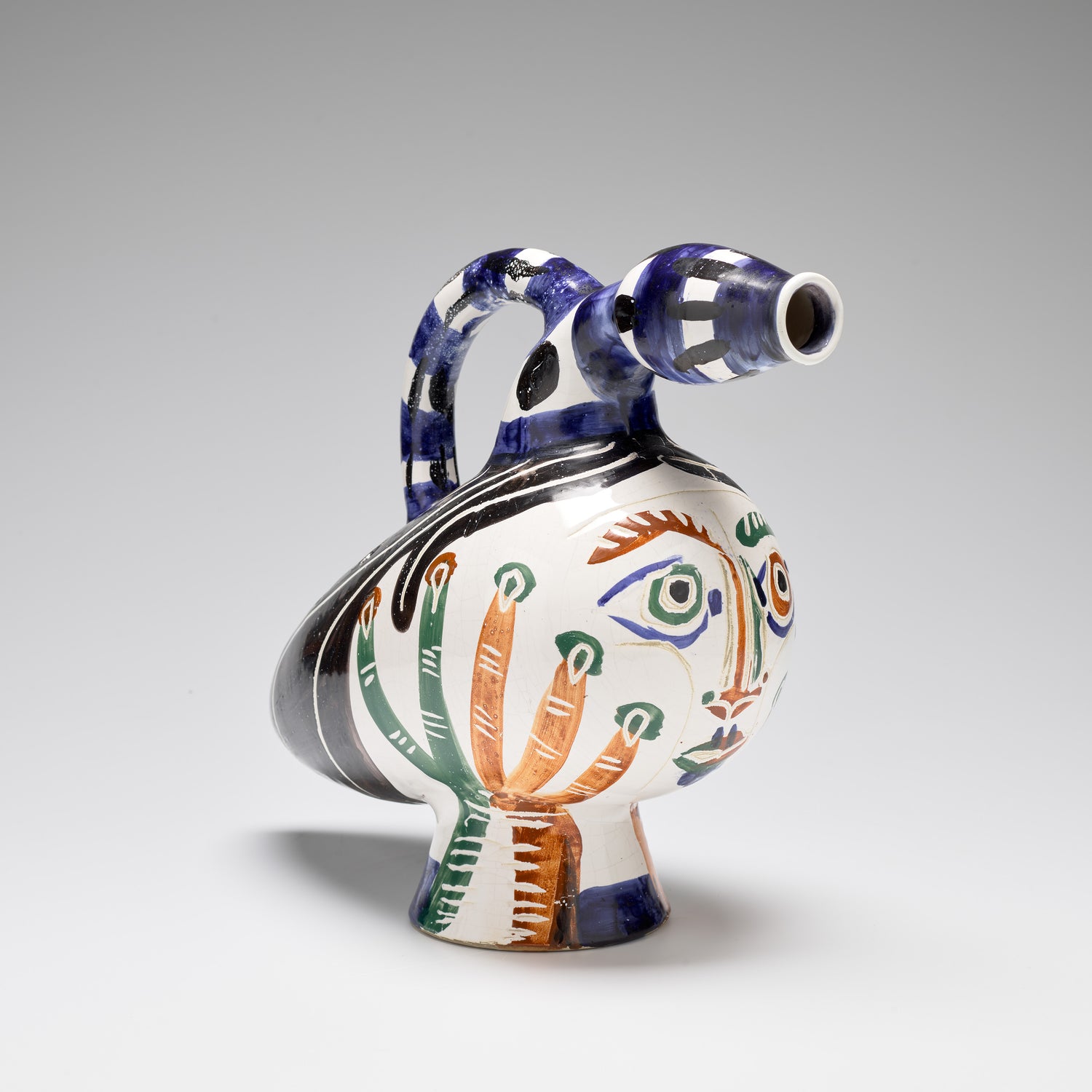
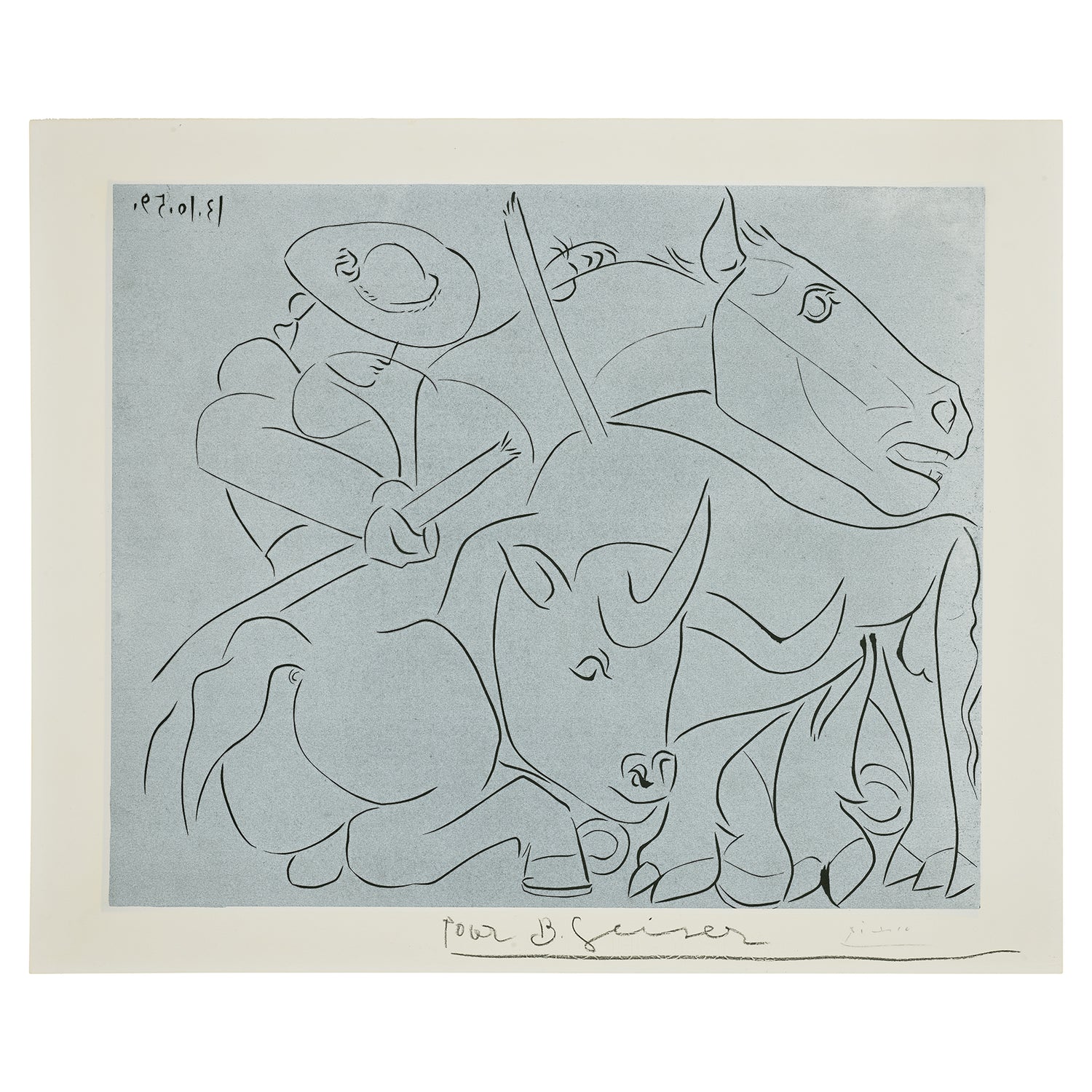
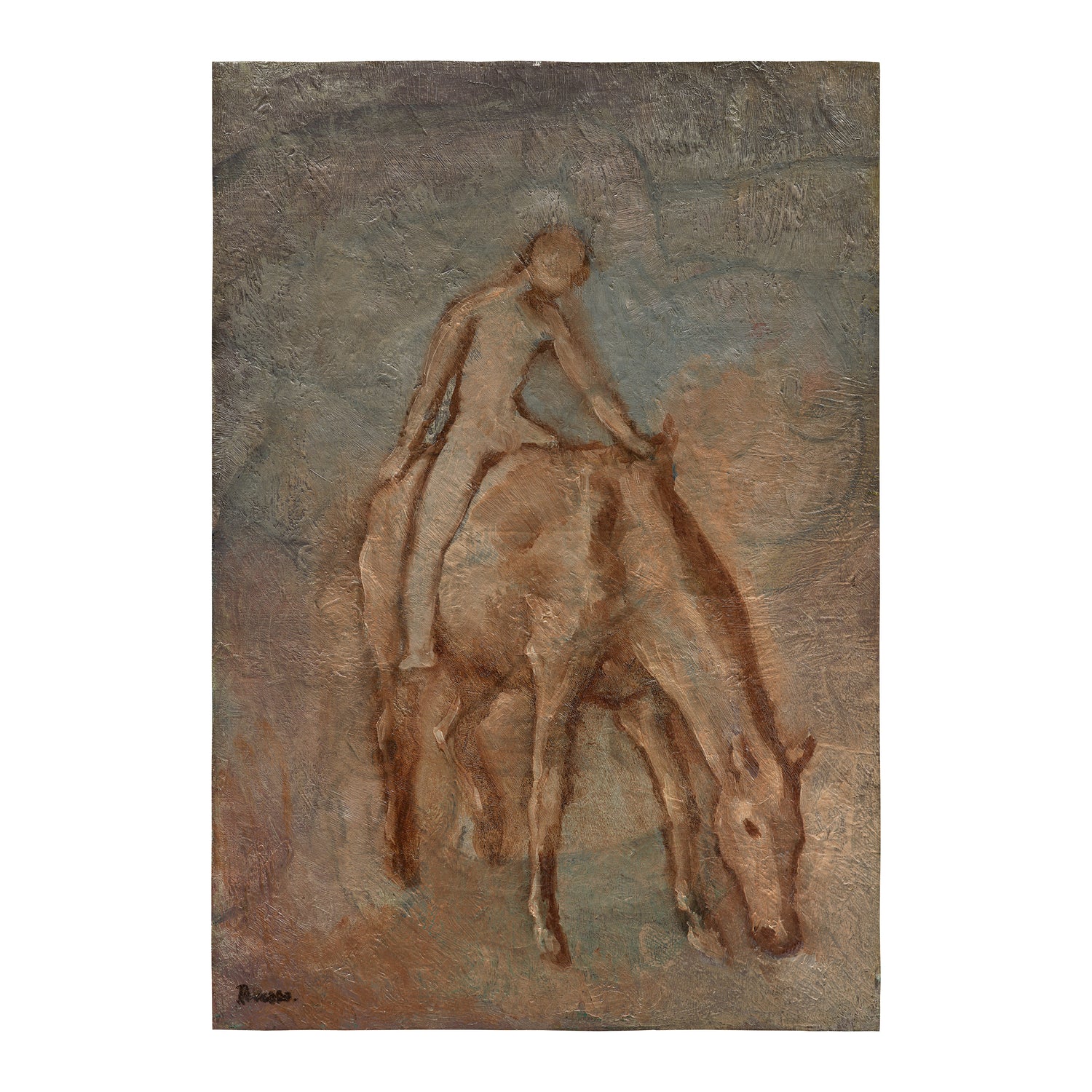
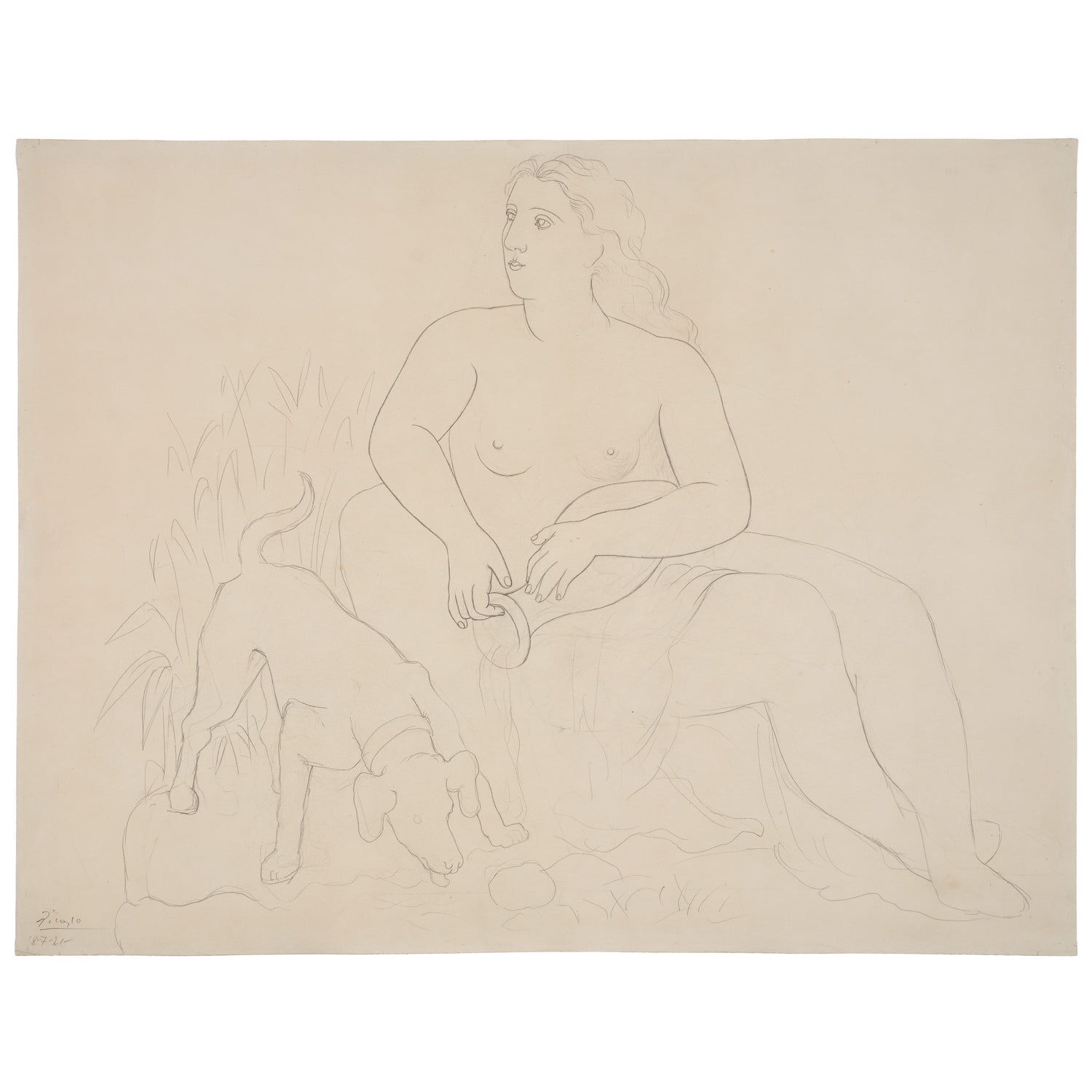
EXCEPTIONAL WORKS.
EXPERTLY CURATED.
EXPLORE NOW.
How It Works
-
Explore
Discover distinctive works curated by Phillips, from rising stars to established masters. Available now exclusively at PhillipsX.
-
Buy Now
Transact online immediately, with privacy and security. Need guidance? Phillips’ experts are waiting to help you.
-
Receive & Enjoy
Our global shipping expertise ensures your purchases arrive safely and securely.
-
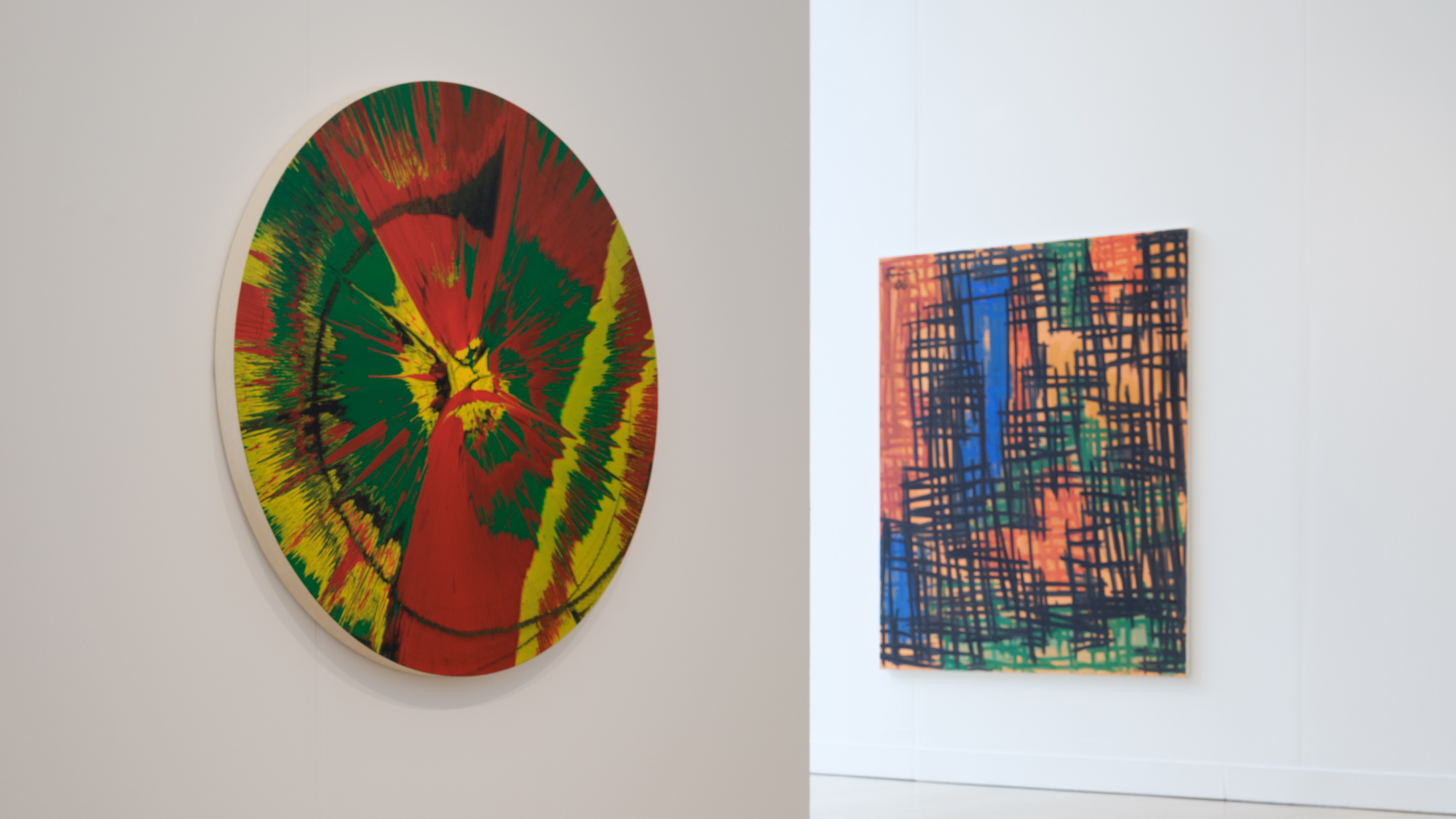
About PhillipsX
Explore NowPhillipsX is a dynamic selling exhibition platform operated by the global Private Sales team at Phillips, the destination for international collectors to buy and sell the world’s most important Modern and Contemporary art, design, and luxury items.
-
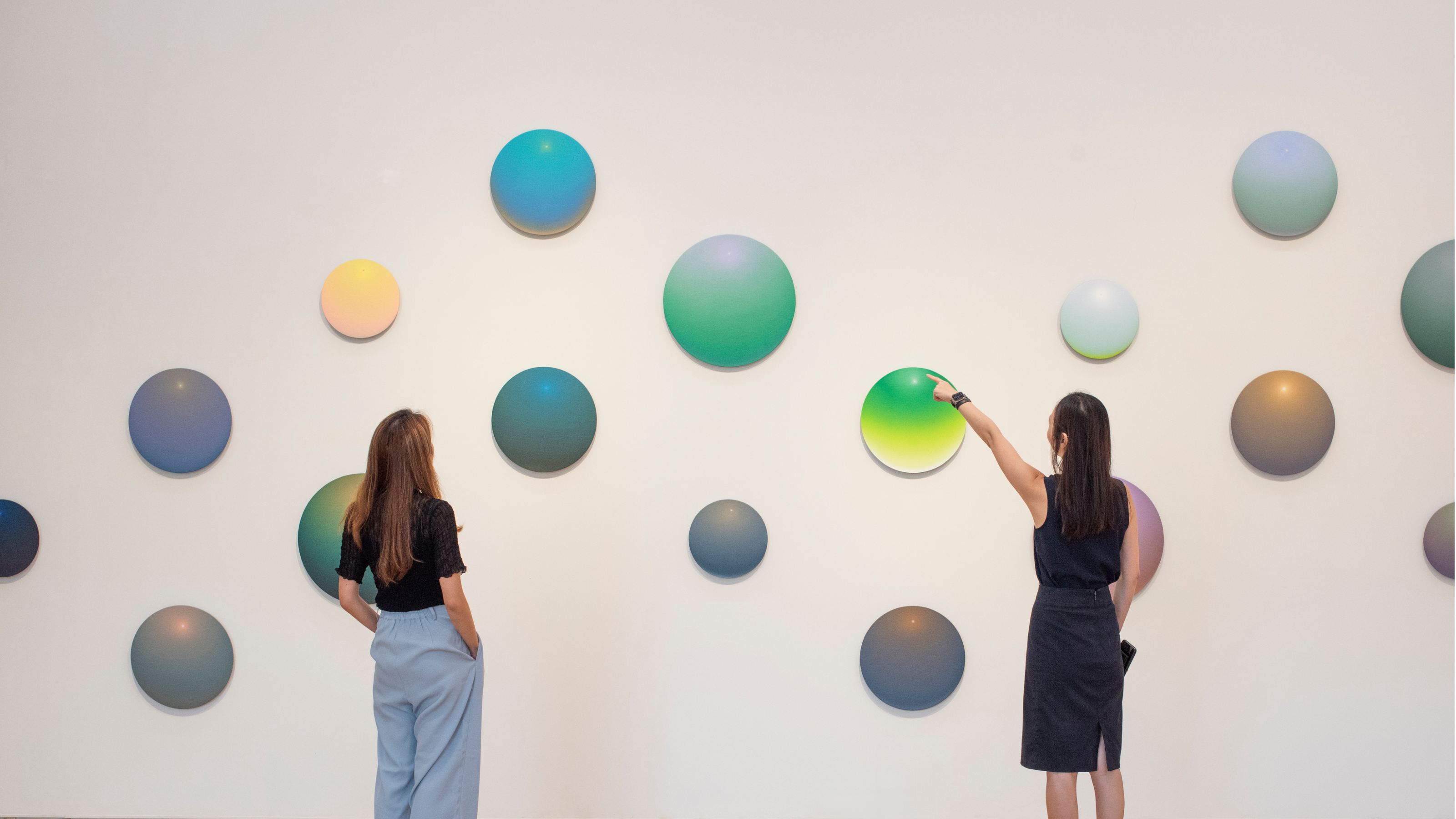
Contact Us
Enquire NowQuestions? Click the button below to request an exhibition catalogue or to learn more about a specific work on offer.
